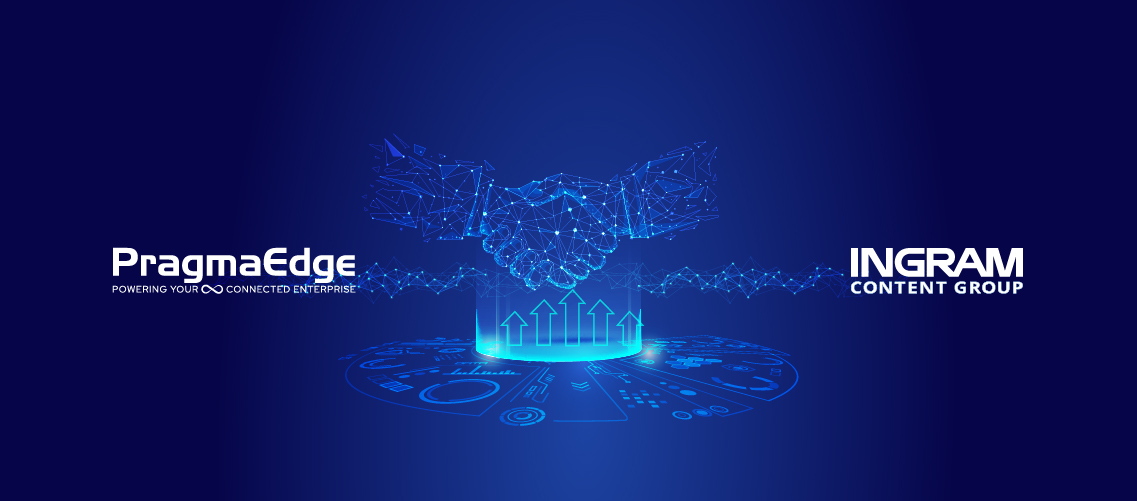
IBM watsonx for Enterprise Asset Management
IBM watsonx for Enterprise Asset Management: Leveraging AI to Boost

The following IBM watsonx data frequently asked questions and answers provide you with general and frequently used or required installation, configuration, and replication-related information.
watsonx.data enables enterprises to seamlessly expand their analytics and AI capabilities by leveraging a purpose-built data store. This data store is built on an open lakehouse architecture, incorporating robust querying, governance, and open data formats to facilitate efficient data access and sharing.
Why your Business need watsonx.data
IBM watsonx.data is the next-generation data lakehouse, standing out as the industry’s only open, hybrid, and governed data repository. It enables you to leverage various query engines for analytics and AI tasks across multiple locations.
When integrated with IBM watsonx.data, the semantic layer will provide data enrichments that allow clients to interpret and navigate complex, structured data using natural language through semantic search. This innovation will accelerate data discovery and unlock insights more quickly—no SQL knowledge required.
Installing IBM Maximo APM - Asset Health Insights
What's new in IBM Maximo APM - Asset Health Insights 7.6.1
Browse Categories
Share Blog Post
Read the following PragmaEdge IBM watsonx.data frequently asked questions and answers.
A data lakehouse combines the best features of a data lake and a data warehouse. At its core it enables a customer to
Yes, as a cartridge on CP4D watsonx.data requires using both CP4D and OCP underneath the install and includes limited licensing to each specifically to deploy and use watsonx.data only. Separate entitlements to CP4D can be purchased to deploy and use other value added CP4D services alongside that work well with watsonx.data like Watson Knowledge Catalog (WKC) or IBM Analytics Engine (based on Apache Spark)
The idea is not to migrate data. Since the GA of watsonx.data, Db2WH and Netezza now also support Hive Metastore, Iceberg Table format and storage on S3 object storage formats
Iceberg is not a query engine and thus does not have any SQL functionality by itself. To perform DML or DDL operations on Iceberg data you need to use a supporting query engine like Presto or Spark which support them.
Deltalake is being considered for the longer-term roadmap. Even though they have claimed open source, Delta Lake is decidedly “closed governance” it is still a project dominated by Databricks and there have been issues getting changes into projects owned by Databricks, Spark as an example.
Watch our top-notch
product demos
We offer the full spectrum of services to help organizations work better.
Stay up to date on the latest technologies.


IBM watsonx for Enterprise Asset Management: Leveraging AI to Boost

Building a Connected Enterprise for Ingram Content Group What Our

IBM Sterling for Modern B2B Integration, EDI, and Managed File
| Cookie | Duration | Description |
|---|---|---|
| cookielawinfo-checkbox-analytics | 11 months | This cookie is set by GDPR Cookie Consent plugin. The cookie is used to store the user consent for the cookies in the category "Analytics". |
| cookielawinfo-checkbox-functional | 11 months | The cookie is set by GDPR cookie consent to record the user consent for the cookies in the category "Functional". |
| cookielawinfo-checkbox-necessary | 11 months | This cookie is set by GDPR Cookie Consent plugin. The cookies is used to store the user consent for the cookies in the category "Necessary". |
| cookielawinfo-checkbox-others | 11 months | This cookie is set by GDPR Cookie Consent plugin. The cookie is used to store the user consent for the cookies in the category "Other. |
| cookielawinfo-checkbox-performance | 11 months | This cookie is set by GDPR Cookie Consent plugin. The cookie is used to store the user consent for the cookies in the category "Performance". |
| viewed_cookie_policy | 11 months | The cookie is set by the GDPR Cookie Consent plugin and is used to store whether or not user has consented to the use of cookies. It does not store any personal data. |
Thank you for submitting your details.
For more information, Download the PDF.
Thank you for registering for the conference ! Our team will confirm your registration shortly.
Invite and share the event with your colleagues
IBM Partner Engagement Manager Standard is the right solution
addressing the following business challenges
IBM Partner Engagement Manager Standard is the right solution
addressing the following business challenges
IBM Partner Engagement Manager Standard is the right solution
addressing the following business challenges